Pit Bike: The Evolutionary Journey
Pit bikes have existed in various forms for many years. Their inception can be traced back to the ingenuity of lazy mechanics and racers who adapted small motorcycles for navigating the vast expanses of the pits. Today, pit bikes have evolved into a full-fledged class of motorcycles and have their own racing series. So, where did it all begin?
The first pit bike was a simple bicycle. The Schwinn StingRays bicycle (first produced in 1963) gained considerable popularity due to its small wheels yet full-sized frame. The StingRays bicycles are credited with sparking the widespread BMX craze.
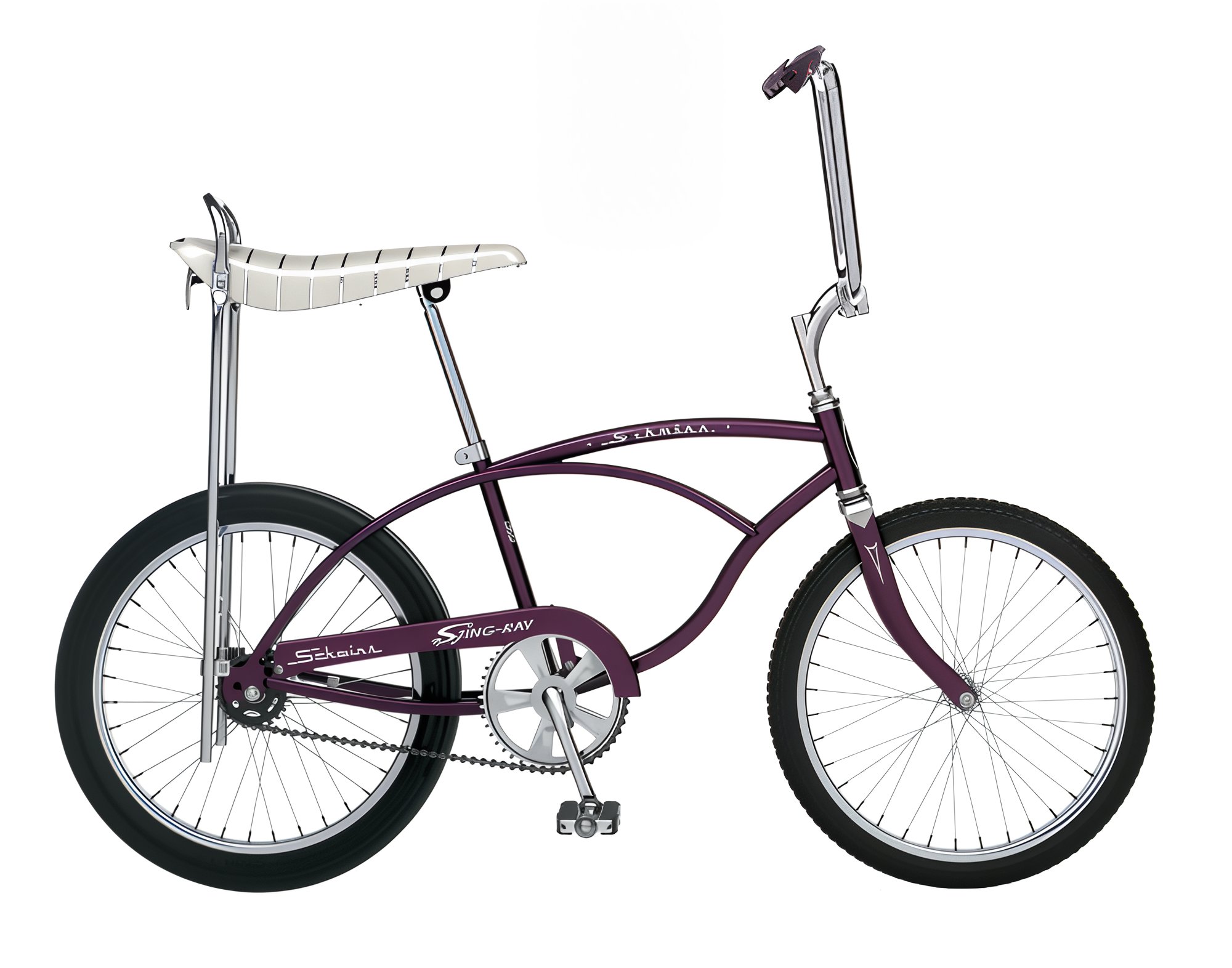
Of course, lightweight 10-speed bicycles were also used as pit bikes by some racers who desired something more akin to a racing bicycle. The additional gears allowed these models to achieve higher speeds and enhanced their usability.

The classic minibike from the 1950s-60s was also an excellent means of transportation along the pit lane. Typically, it featured a Briggs & Stratton engine with 3 horsepower, a manual starter, no suspension, and bicycle brakes (which were naturally insufficient for such power).
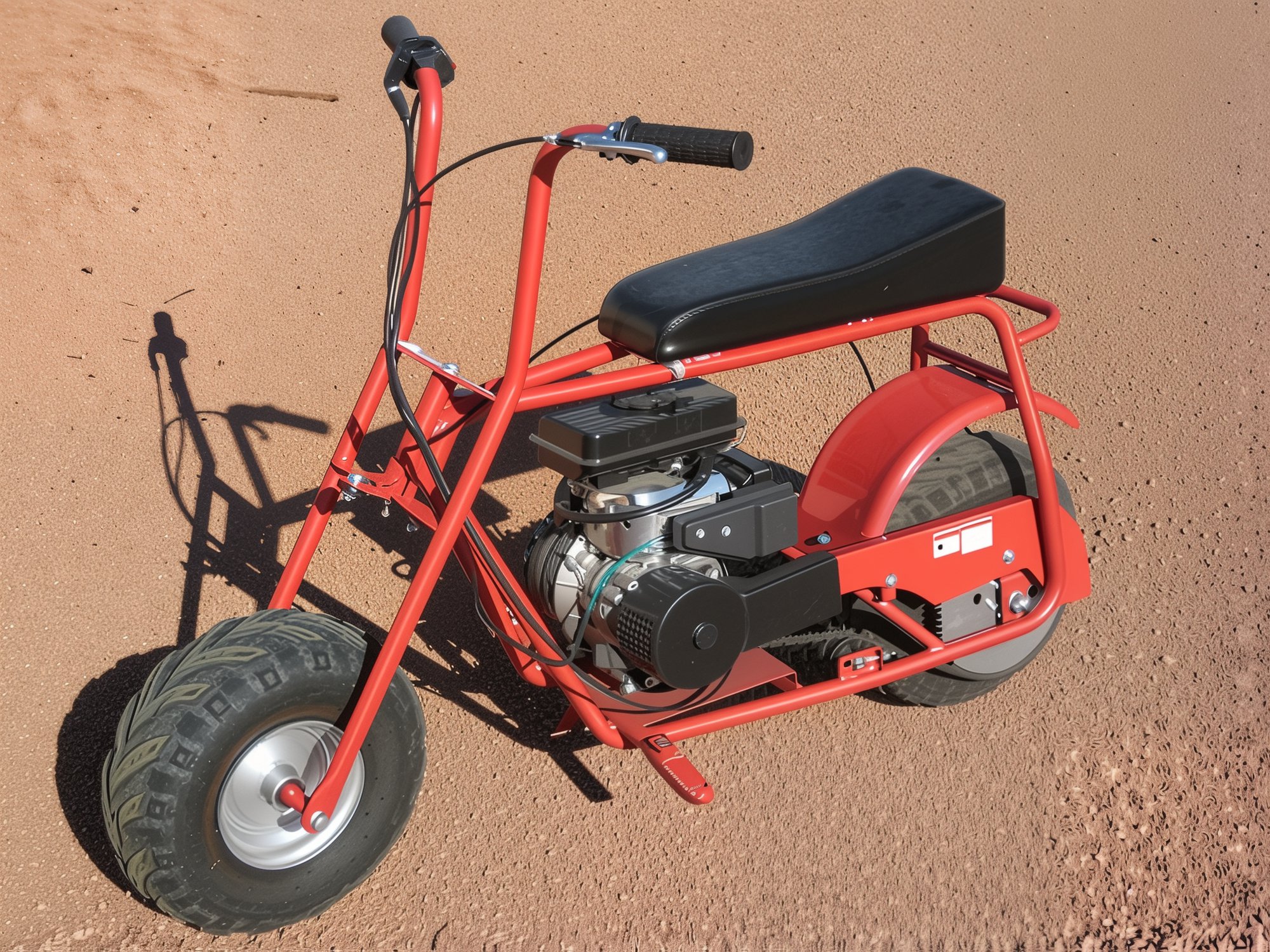
The legendary Honda Super Cub 50 model arrived in the USA in the mid-1960s. This simple 50cc motorcycle marked the beginning of the Japanese invasion of the motorcycle market. It was produced in the millions. The horizontal placement of the 4-stroke engine is now a standard in pit bike production today.
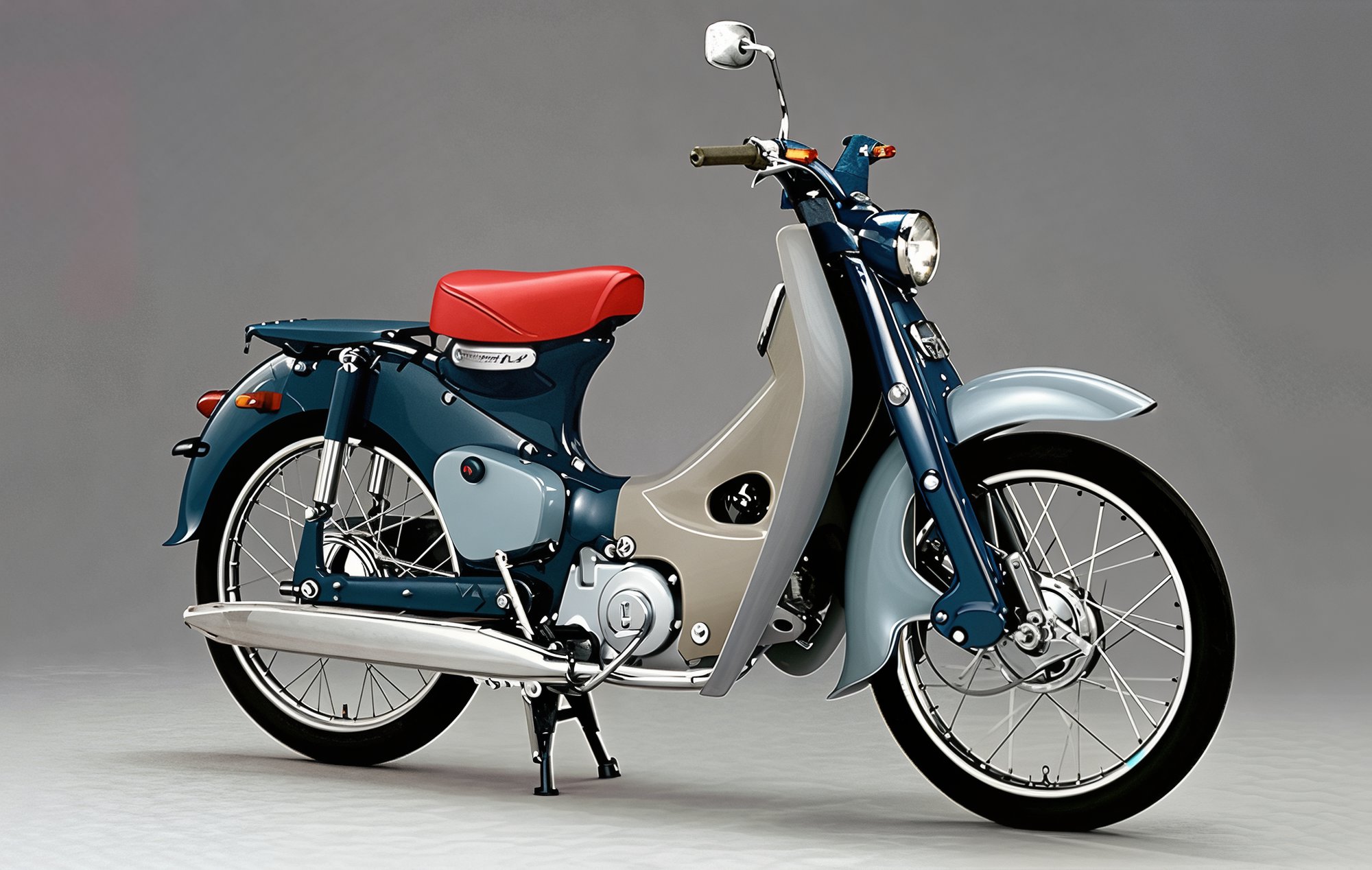
But it all started with the Honda Z50 Mini Trail model. This was Honda's first off-road motorcycle design. Its size, which allowed it to be tucked into the corner of virtually any trailer, made the Z50 the ideal pit bike. Introduced to the North American public in 1968, the motorcycle underwent significant modifications throughout the 30 years it was produced. For instance, in 1970, rear suspension was added to the motorcycle. Elsewhere in the world, this motorcycle became known as the "monkey bike." Early Z50S models are highly valued by collectors today and can fetch thousands of dollars at auction after restoration.

During the 1980s, the Honda NQ50 Spree model became the standard pit bike for car racing. The Spree was equipped with a 2-stroke 50cc engine with an electric starter and was a lightweight and fairly fast scooter. The Spree did not gain much popularity, like most 2-strokes, due to the smoke, smell, and noise.
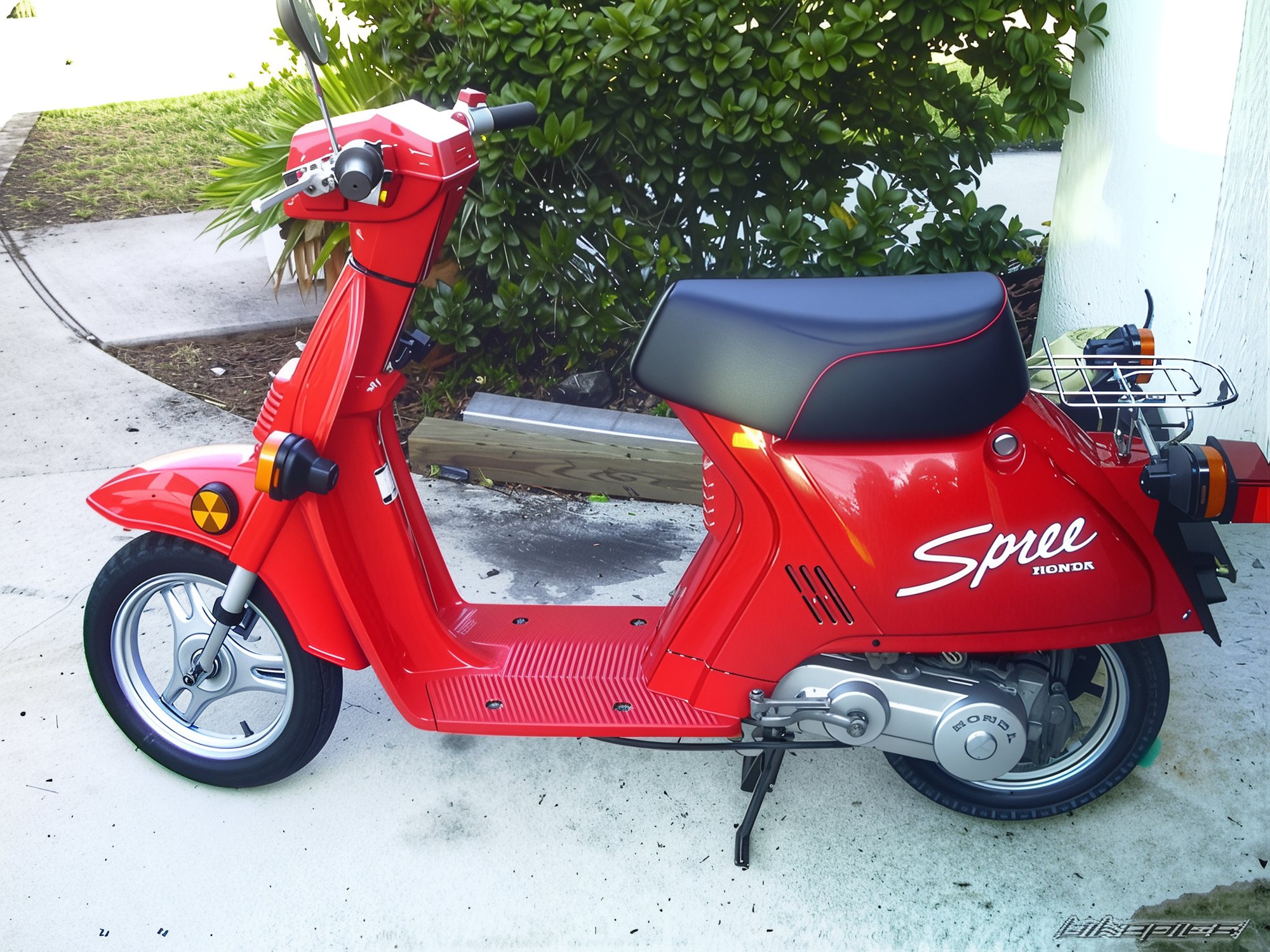
The Honda XR 50F/CRF 50F became the motorcycle that most motocross riders started with. Equipped with a 4-stroke 50cc engine (as on similar motorcycles from Suzuki, Yamaha, Kawasaki, etc.), this model inspired a vast number of people and became the starting point for the widespread pit bike craze.
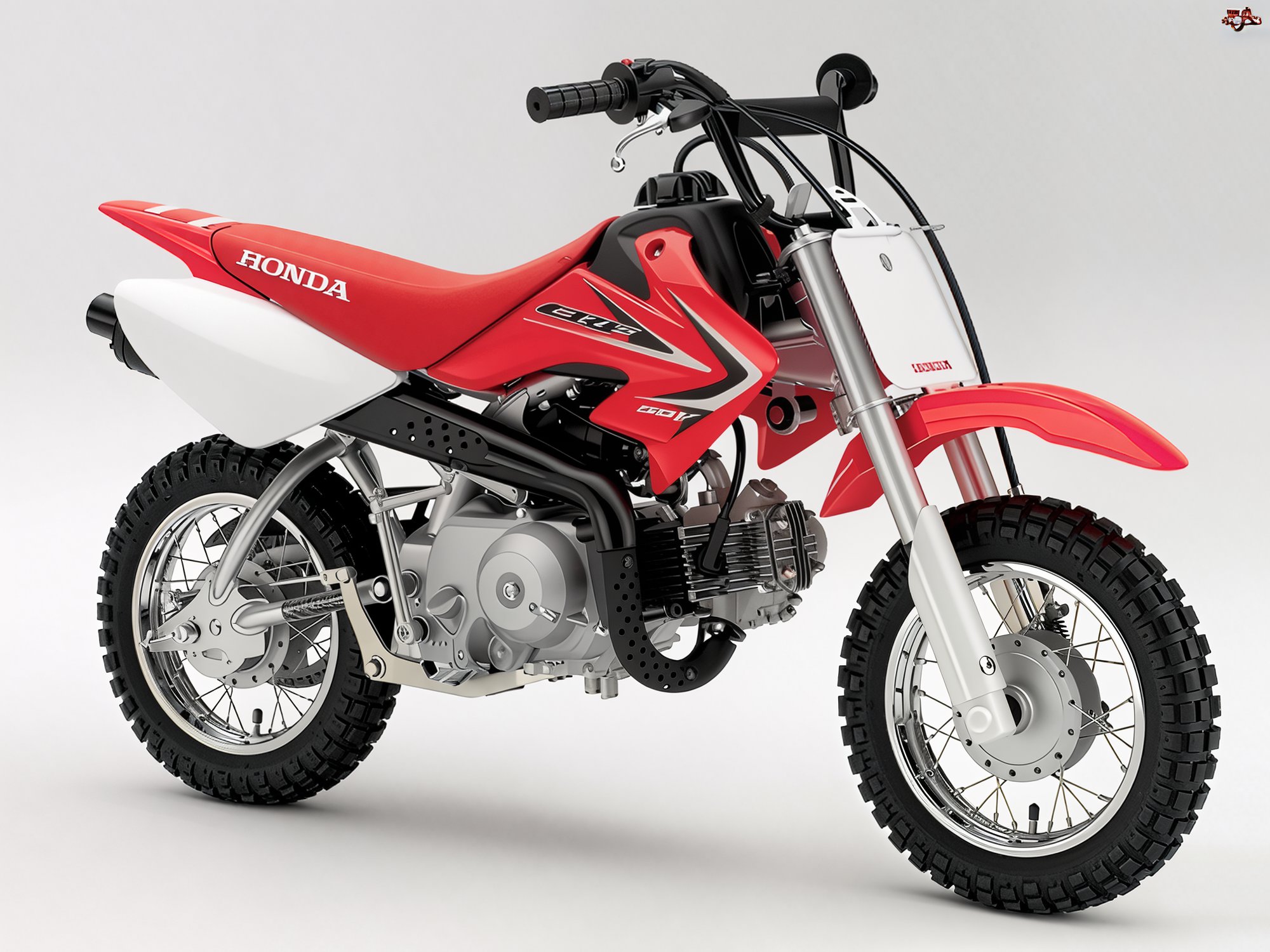
In modern times, pit bikes retain the basic configuration, equipped with 4-stroke engines and wheels measuring 10” – 12”. These motorcycles are specifically designed to carry an adult, featuring an extended wheelbase, taller and wider handlebars, long-travel suspension, increased engine displacement up to 110cc, and many other enhancements.
There is something about the size of a pit bike that, on one hand, prevents people from taking it seriously, yet on the other hand, allows for a fun time riding anywhere and everywhere.
